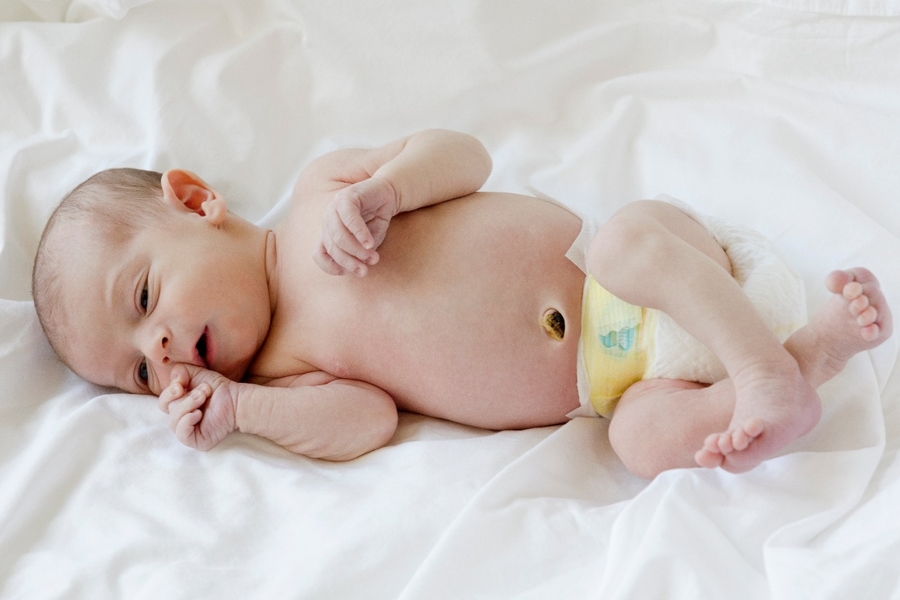
Information About Newborn Seizures
20 Jul 2018 | 4 min Read
Babychakra
Author | 1369 Articles
While seizures may happen to people at any point of life, newborn seizures are quite different from those experienced by older people. These differ because of the nature of the infant brain that is still undergoing development. This leads to the seizures being for a very short time.
If you are witnessing a seizure condition for the first time, it is very likely that you may be in for a scare. It is very important to not panic and get immediate assessment and attention to the condition.
Symptoms to look out for:
Below are some signs that show that the baby may be experiencing a seizure:
• Stiffening and jerking of limbs on either side of the baby’s body. The stiffening may switch sides intermittently.
• Unusual jerks in the body such as the sudden movement of the upper torso towards the front or jerking of legs upwards in the direction of the stomach while the knees stay bent.
• Change in facial expressions- You may observe the eyeballs going up or the neck bending to one side.
• Unusual breathing patterns
• Acceleration or deceleration in heart rate
Apart from the above-mentioned symptoms, responsiveness is also very important to assess if you are looking to identify a seizure condition. While this is not easy to judge in newborns, it is a critical factor of assessment of a seizure and identifying its type. If the newborn doesn’t respond to common voices or fails to exhibit a regular startle response, it may be a sign of seizure.
Misleading symptoms
Some symptoms similar to seizures are likely to be mistaken as a seizure and are absolutely normal. They are as below:
• The baby gets startled if the head loses support, hears a loud noise, or there is sudden bright light. This is known as the Moro reflex wherein the baby may experience stiffening in the back or may extend arms and legs outwards and release the grip of the fist causing all the fingers to stretch out. This isn’t a seizure and is absolutely normal.
• Baby shivering is also not indicative of a seizure and is a common occurrence in infants.
The course of action if the baby has a seizure
Remember, a seizure may occur both during sleep or when the baby is awake. If gentle manipulation of limbs is not solving the stiffness, it is likely to be a seizure and requires immediate action.
If you suspect a seizure, here is all that you must do:
• Record the duration of seizure
• Try and observe the starting point of seizure (hands, legs, eyes, etc.) and record if it extended to the other parts
• Know what the unusual movement is, i.e., expression change, jerking, stiffness, etc.
• Judge possible triggers by trying to remember what the baby was doing right before the seizure.
• Protect the baby from possible injury by keeping them away from hard objects
• If the baby experiences a puke episode after the seizure, look out for choking. Preferably, maintain their position upright or sideways.
• Do not try to release the stiffness or shove objects in the baby’s mouth to prevent tooth clenching or anything else.
• Visit a doctor immediately to get the baby assessed. You must share all the observations, preferably in the video form.
Stay alert
You have to be extremely careful with newborns because even experts find it difficult to recognize a seizure. If you are not sure of the behavioural pattern that your newborn may be exhibiting, it is a good idea to capture it on a video and show to your doctor. You must also look out for reoccurrence of similar behaviour based on duration and specific features. Always keep in mind that staying alert is your best bet to prevent your baby from harm.
A


Related Topics for you
Suggestions offered by doctors on BabyChakra are of advisory nature i.e., for educational and informational purposes only. Content posted on, created for, or compiled by BabyChakra is not intended or designed to replace your doctor's independent judgment about any symptom, condition, or the appropriateness or risks of a procedure or treatment for a given person.
